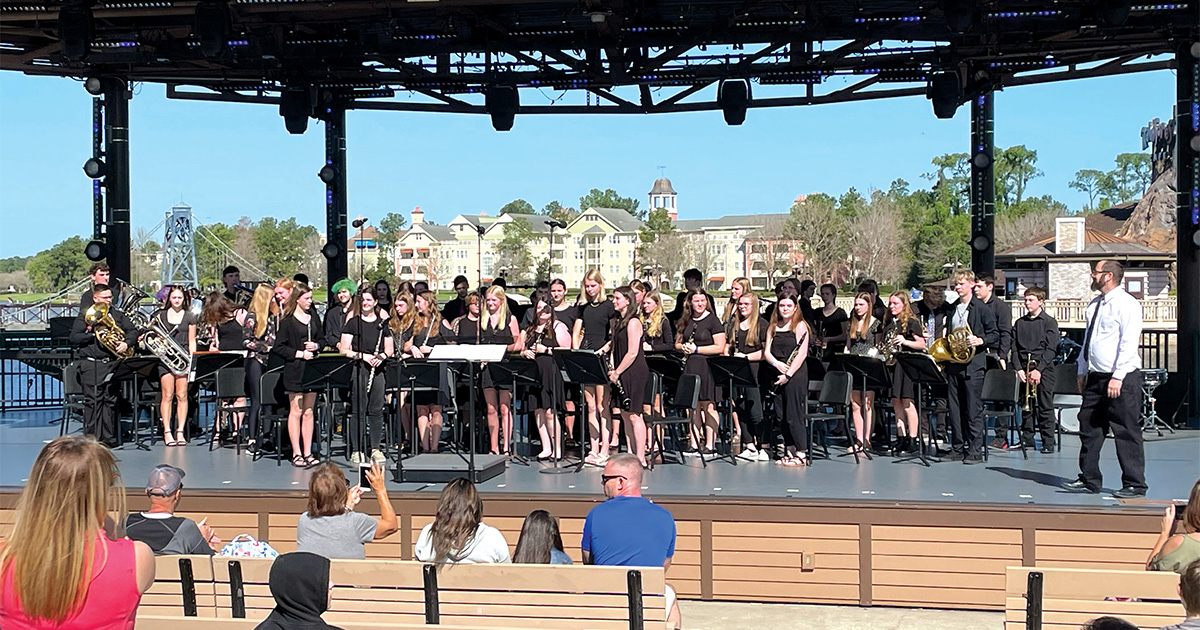What do you do when a student needs medical attention on a trip?
The answer is complicated.
For most of my student travel safety career, I have been responsible for knowing the correct response. The truth is, different situations call for different approaches.
As a tour organization, you may have supplied the tour leadership or made arrangements for a tour group yet do not have tour leadership responsibilities. The family of the ill or injured student may not know the difference. If the tour is teacher-led, it’s important to discuss the matter with the school in advance of travel so there is no confusion as to who will do what in a situation.
When a student becomes ill, it’s important to contact the parents as quickly as possible.
If this is an emergency: First contact emergency medical services (EMS) to start the medical transport, then contact the parents. Making timely contact allows parents to be informed and be part of the solution. Doing so builds trust between the family and the tour organization.
It’s important for a tour leader to designate which adult will stay with the student throughout the experience. The person should stay in the same room with the student, unless the doctor requests otherwise. The student will at least feel familiar with the chaperone, helping them feel more at ease in a stressful situation. It’s important to call the parents on a regular basis with updates from the doctor and to allow the student to talk with the parents. If the student doesn’t have a phone, let them use yours. Many tour organization’s on-site staff are first aid- and CPR-certified and would already know these points.
In more serious accidents or emergencies: Make sure the scene is safe and the student is out of imminent danger. Contact EMS, then call the parents. Again, it’s important to stay with the student whenever able. Doing so provides great relief for the parents back home who can only imagine their child in an unfamiliar hospital all alone. If the student is required to stay overnight in the medical facility, the chaperone should stay with the student. This chaperone should be the same sex as the student, as possible.
If the parents acquired travel insurance, most insurance providers will arrange and pay for transportation for a family member to join the student if the hospital stay is expected to last two days or more. If the student’s recovery period does not allow for rejoining the group, getting a parent onsite to take over custodial duties is the best alternative and can reduce the tour organization’s liability. While the tour organization must still support the family in these situations, the student is back under their parent’s care and the chaperone can return to the group to finish the tour.
Here’s wishing you all safe and healthy travels!
Written by Michael J. Bowers, Safety Consultant, Center for Student Travel Safety.




